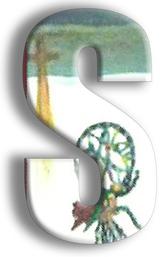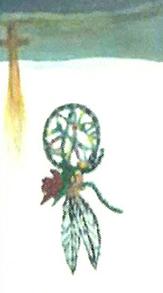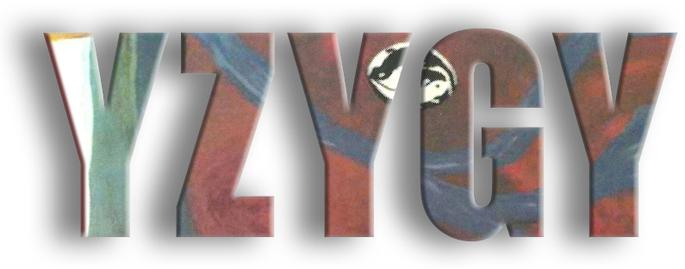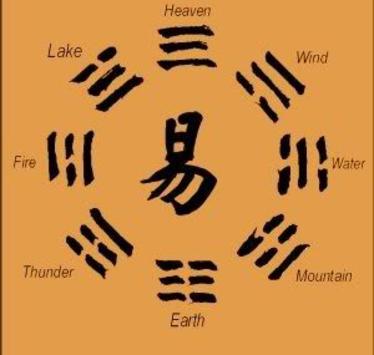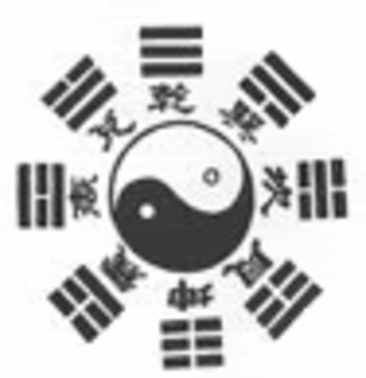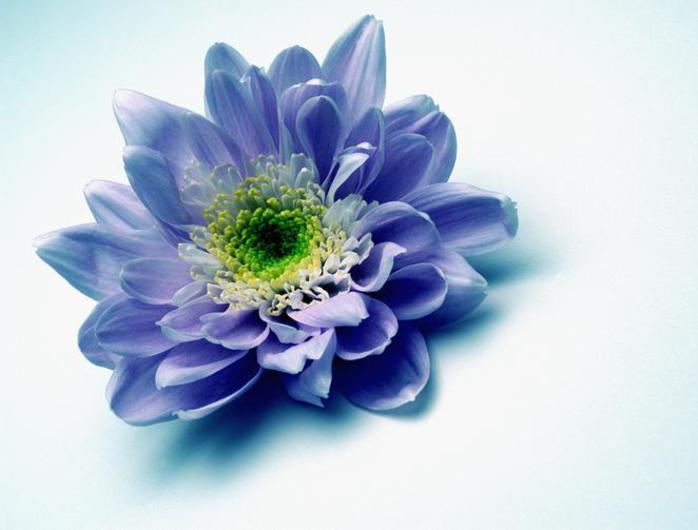MEMOIR LOGO CONCEPT: The aleph and a Sufi mystic inspired my creation and design of the syzygy logo, which I initially based on the symbolism of the yin and yang.
But the concept expanded when I first saw the aleph in Judith Cornell’s
Mandala Healing Kit, My inexplicable attraction to it led me to incorporate it into my logo before I knew what it meant.
I later read that the “Aleph (the first letter of the sacred Hebrew alphabet) embodies the primordial, divine potential of the universe. ... Aleph contains all the universe’s potential and all of its emptiness simultaneously. Aleph represents a dynamic process of movement from unity to diversity and back to unity,” Jennifer Judelsohn, Songs of Creation.
And the mystic poet Rumi inspired me to use the fire and water concept after I read The Question. Here is an excerpt:
“The presence is there in front of me. A fire on the left, a lovely stream on the right.
One group walks toward the fire, into the fire. Another toward the sweet flowing water.
No one knows which are blessed and which are not.
Whoever walks into the fire appears suddenly in the stream.
A head goes under water, and that head pokes out of the fire.”
LOGO ART: Cropped fire and water images from Free Images.
LOTUS LOGO: In spiritual and religious literature, “the lotus is a symbol for the macrocosm and the microcosm, the universe and man. The lotus represents the divinity of the cosmos as well as the divinity of man.
The lotus is the center of the infinite, omnipresent consciousness which connects with the consciousness of the universe. Through the intuition, one of man’s divine gifts, the spiritual student can see the infinite, omnipresent consciousness as the lotus flower within himself.”
LOTUS ART: Courtesy
Homestead, my website service provider. (Temporary art while I design of my own lotus logo.)
TO DOWNLOAD FREE SAMPLE CHAPTER OF SYZYGY:
THE MEMOIR
TO BUY MEMOIR
(Thru Amazon)
THE MEMOIR
CROSSING THE BRIDGE TO SELF
THE WEBSITE
THE MEMOIR
NEW!
I know just a little about the I Ching, but
rather than direct you to a page in production, I thought why not explore the I Ching on this page as I go along. Of course, the first thing I did was Google “I Ching Carl Jung” since I had seen the above quote in my favorite C. G. Jung book, Man and His Symbols.
My search took me directly to Jung’s Foreword to Richard Wilhelm’s translation of the I Ching, which Jung said was the first accessible translation written for the West. It is I think a good place to start.
My next search took me to a free I Ching reading online. Of course, considering I am in a rather dire situation right now (April 2013)--I had lost my job in January and eviction proceedings are underway--and in need of guidance, I cast my question. The answer about hit me over the head, telling me of hardship, telling me to go southwest, which happens to be something I have been seriously struggling with for the last few weeks. But I thought the Universe was leading me in a different direction. Now I am sick to my stomach. Maybe it is what I should have been planning all along. OH, CRAP! Following is the question I cast and the answer.
(Saturday, April 13, 2013)
QUESTION: What does the Universe have in store for me in the near future?
ORACLE (excerpt): “Limping. Fruitful in the southwest, Not fruitful in the northeast. Fruitful to see great people. Constancy, good fortune.”
When life has become an uphill struggle, it’s wise to fall back to the southwest. The ‘southwest’ represents a realm of friendly allies and sun-warmed fields; the ‘northeast’ is dark and mountainous, the way of calling and adventure.
So this is a time to take a step back from the struggle and connect with people more than with ideals. (Even if the responsibility is yours alone, the work need not be.) Really facing a problem means being prepared to tackle it in a different way, not just trudging doggedly onwards until the path peters out beneath your feet.
Seeing great people helps you to keep traveling toward your long-term vision despite the obstacles and course corrections. You may literally find a ‘great person’ with the experience and wisdom to reorient you; you may be guided by an inner vision of human potential.
Yu the Great, the hero who conquered the floods, toiled for years to build dykes and dredge rivers, and was left with a limp. But he succeeded in the end because of what he did differently: enlisting the help of people and spirits, and honouring the flow of the water.
INTERPRETATION: Oh, my! I have been struggling with this question, whether I should reach out to my relatives in the Southwest. But I have thought that if I did, it might indicate to God that that I had lost faith. It is amazing how specific this answer is. I think I better get packing and reach out to some great people! (Hindsight: OMG. I had no idea what was up.)
“The I Ching, the so-called “Book of Changes,” is a very ancient book of wisdom; its roots go back to mythical times, and it comes to us in its present form from 3000 B.C. According to Richard Wilhelm ... both of the main branches of Chinese philosophy—Taoism and Confucianism—have their common origin in the I Ching. The book is based on the hypothesis of the oneness of man and the surrounding cosmos, and of the complementary pairs of opposites Yang and Yin (i.e., the male and female principles).”
“The I Ching method originated in ancient China and has survived for nearly 3,000 years in active use by millions of people. The key to this form of guidance is that it mirrors our own inner wisdom. The thing that impressed Jung is how profoundly well it works. Millions of other users are also convinced.”
Ron Masa, Ph.D., on the I Ching in an article for Ezine. Dr. Masa has taught Jungian psychotherapy, psychic development, and shamanism, while in private practice for 25 years.
The I Ching, the oldest book known to man, is an ancient Chinese book consisting of 64 interrelated hexagrams along with commentaries attributed to Confucius. Also called the “Book of Changes.”
Considering my lack of knowledge about the I Ching when I built this page in April 2013, perhaps I should have led you to a page in production. But then again, that is the point, the spirit, of this website: to show the process of individuation, its mistakes and all. So read this page but know that an update is in production. In the meantime, may I please direct you to the I Ching entries on the Constellation Theory and My Latest Revelation pages, where hindsight is 20/20.
Jolande Jacobi in Jung’s Man and His Symbols (p. 290)
I Ching: Universal tool reflects unique psyche
© 1955–2015 Syzygy: Crossing the Bridge to Self. All Rights Reserved.
UPDATED PAGE
I Ching April 2013
CURRENT PAGE
